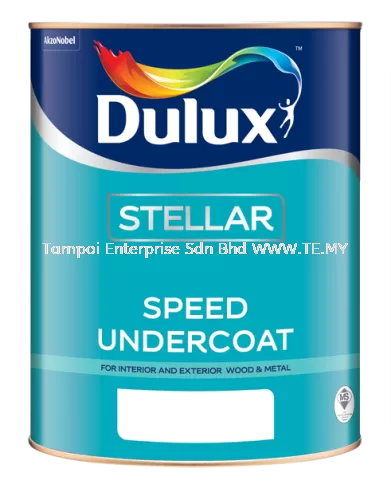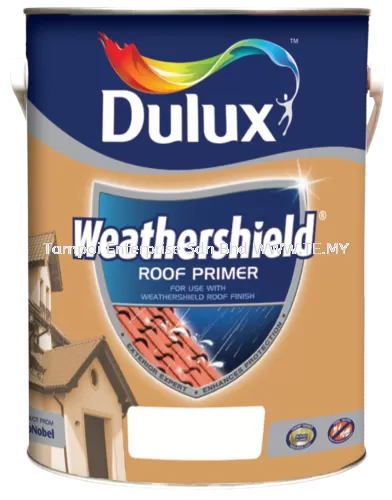Hardware and Paints
Hardware:
Definition: Hardware refers to physical objects or equipment used for various purposes, often in construction, repair, or maintenance activities. It encompasses a wide range of items, from tools to fasteners, and is crucial in building structures, assembling furniture, and performing repairs.
Types of Hardware:
-
Hand Tools:
- Examples include hammers, screwdrivers, pliers, wrenches, and saws. These tools are manually operated and essential for a variety of tasks.
-
Power Tools:
- Tools powered by electricity, batteries, or compressed air, such as drills, saws, sanders, and grinders. Power tools increase efficiency and are commonly used in construction and woodworking.
-
Fasteners:
- Nuts, bolts, screws, nails, and other devices used to join or secure materials. They come in various sizes and materials, each suitable for specific applications.
-
Building Materials:
- Materials like lumber, concrete, and metal that are used in construction projects. Hardware stores offer a variety of building materials to cater to different needs.
-
Locks and Security Hardware:
- Items such as door locks, padlocks, and security systems designed to protect property and ensure safety.
-
Plumbing Supplies:
- Pipes, faucets, valves, and other components necessary for plumbing installations and repairs.
-
Electrical Components:
- Wiring, outlets, switches, and other electrical supplies used in electrical installations and repairs.
-
Paint and Finishing Supplies:
- Items like brushes, rollers, sandpaper, and stains used for finishing surfaces.
Paints:
Definition: Paint is a liquid substance applied to surfaces for decorative or protective purposes. It consists of pigments, binders, solvents, and additives. Paints come in various types and finishes, serving different functions based on the surface and application.
Types of Paints:
-
Latex or Water-Based Paints:
- These paints use water as a base and are easy to clean with soap and water. They dry quickly and have low levels of toxic fumes.
-
Oil-Based Paints:
- Oil-based paints use oil or alkyd as a base. They provide a durable finish but take longer to dry than water-based paints. They are often used for high-traffic areas.
-
Acrylic Paints:
- A type of water-based paint that uses acrylic resins. Acrylic paints are versatile, dry quickly, and are commonly used for art and craft projects.
-
Enamel Paints:
- Enamel paints provide a hard, glossy finish and are resistant to wear and tear. They are often used on metal surfaces and for high-traffic areas.
-
Primer:
- A preparatory coating applied before painting to enhance adhesion, promote durability, and improve the overall finish of the paint.
-
Spray Paint:
- Paint that comes in aerosol cans, allowing for even application on various surfaces. It is often used for smaller projects and intricate detailing.
-
Stains and Varnishes:
- Used to enhance the natural appearance of wood surfaces while providing protection. Stains add color, while varnishes provide a clear, protective finish.
-
Specialty Paints:
- Include textured paints, magnetic paints, and heat-resistant paints, each designed for specific applications and effects.
Painting Tools and Supplies:
-
Paint Brushes and Rollers:
- Tools used to apply paint to surfaces. Brushes are suitable for detailed work, while rollers are efficient for covering larger areas.
-
Drop Cloths and Painter's Tape:
- Used to protect floors and surfaces from paint splatter. Painter's tape is applied to create clean lines and prevent bleeding.
-
Sandpaper and Surface Prep Tools:
- Used to prepare surfaces by smoothing out imperfections before painting.
-
Paint Trays and Buckets:
- Containers for holding and mixing paint during the application process.
-
Respirators and Safety Equipment:
- Protection for the painter against fumes and particles. Safety glasses and gloves are also essential.
In summary, hardware encompasses a broad range of physical tools and materials used in construction and maintenance, while paints come in various types and finishes for decorative and protective purposes. Both are essential components in many projects, whether for building, repairing, or finishing surfaces.
























